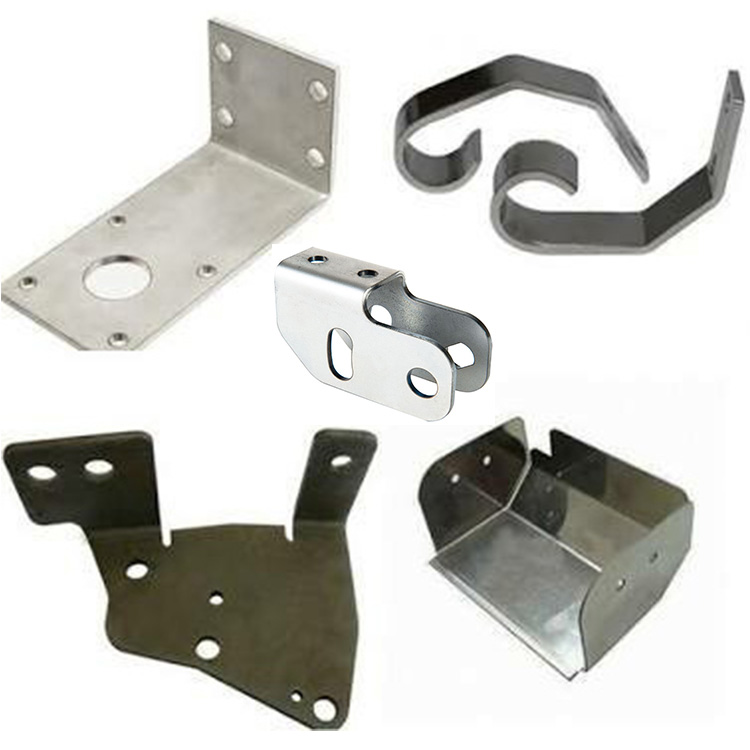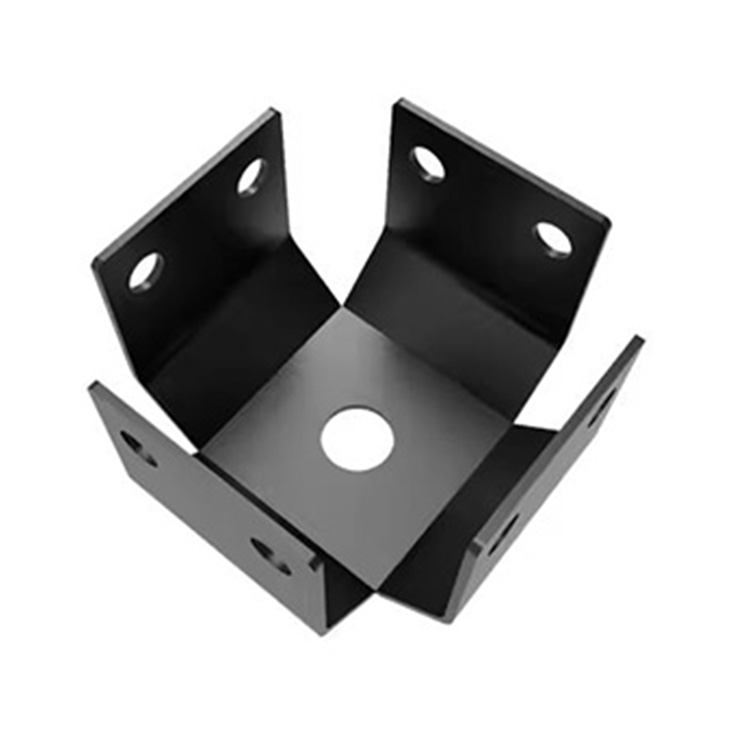
Common Classification of Stamping Dies
Simple stamping die
A single punch die, also known as an open die, refers to a process in which only punching or cutting is completed in one stamping operation. Single punch dies can be divided into:
(1) The unguided single punch die is characterized by a simple structure, light weight, small size, easy mold manufacturing, and low cost. However, it is difficult to install during use, has a low mold life, poor stamping accuracy, and unsafe operation. The unguided single die is suitable for stamping parts with low precision requirements and simple shapes.
(2) The guide plate type single die has high precision, long service life, safe operation and installation frame, but the manufacturing is relatively complex. Generally applicable to workpieces with simple shapes and small sizes.
(3) The guide column single punch die, due to its accuracy and reliability, can ensure uniform stamping clearance, high precision of stamped workpieces, long service life of the die, and easy installation and use on the punch press, is the most widely used type of punch die, suitable for large-scale production.
Continuous stamping die
The definition of continuous stamping die: punching is completed at different positions of the mold according to a certain sequence of procedures, also known as progressive die or skip die. The positioning principle of continuous stamping dies can be divided into guiding pin positioning principle and side blade spacing principle. Due to the large number of work positions in continuous dies, it is necessary to solve the problem of accurate positioning of strip or strip materials in order to ensure the quality of stamped parts.
Composite stamping die
The definition of composite stamping die: a stamping die that completes both the inner hole and outer shape processes simultaneously at the same station of the stamping die. Composite stamping dies can be divided into two types based on their structure: positive type composite dies and inverted type composite dies, characterized by doubled production efficiency; Improve the quality of stamped parts; High precision is required for mold manufacturing.









